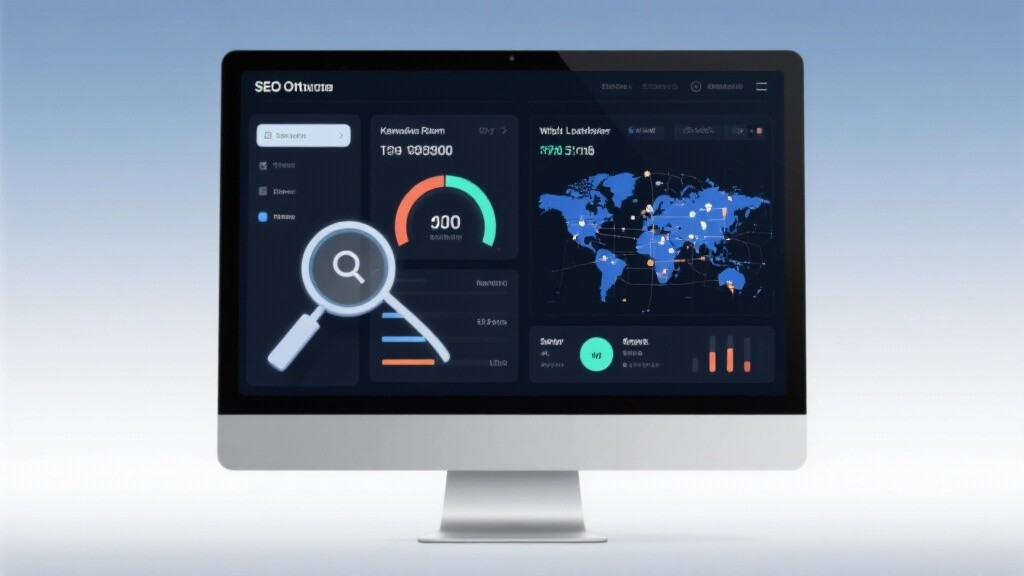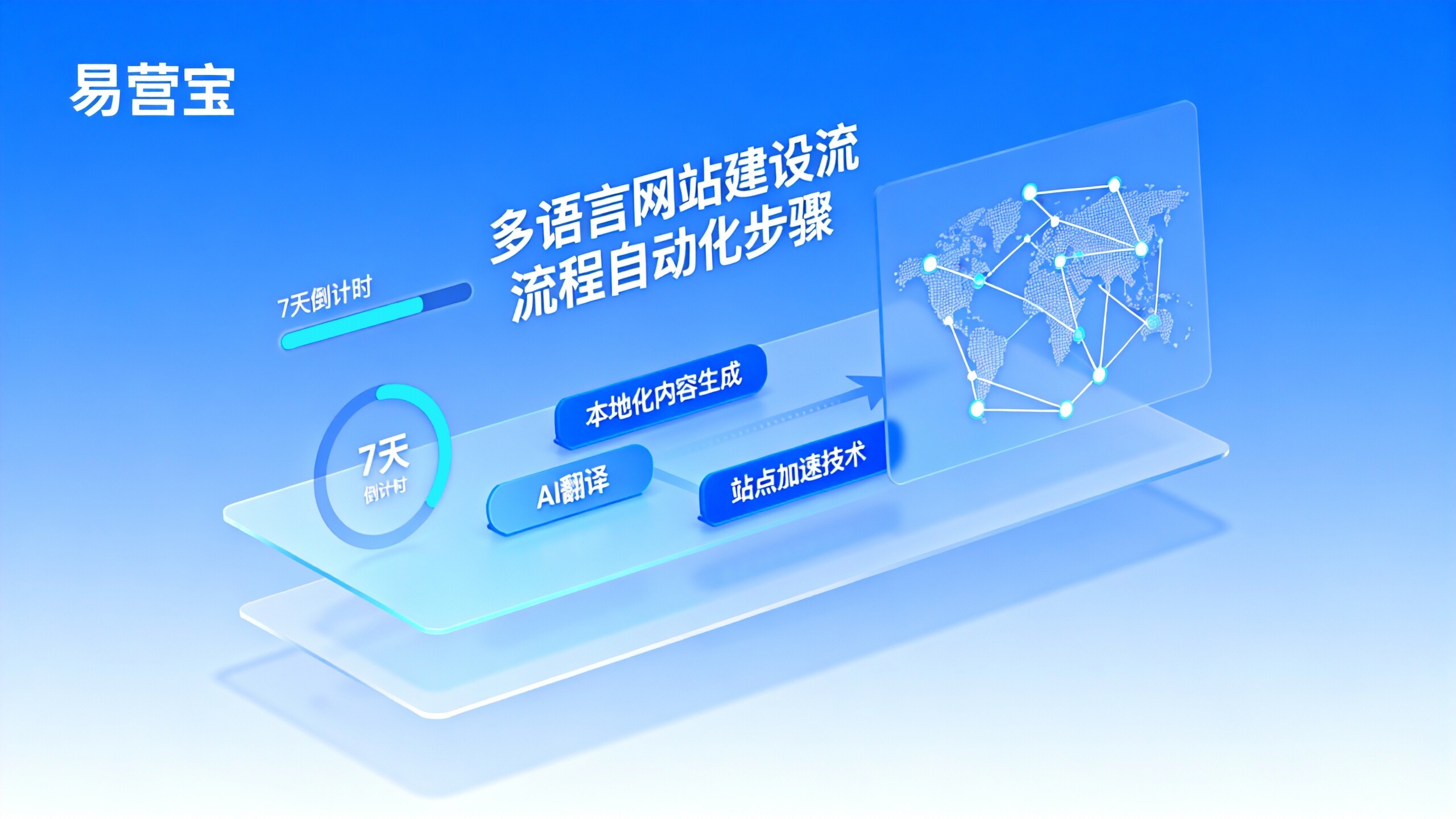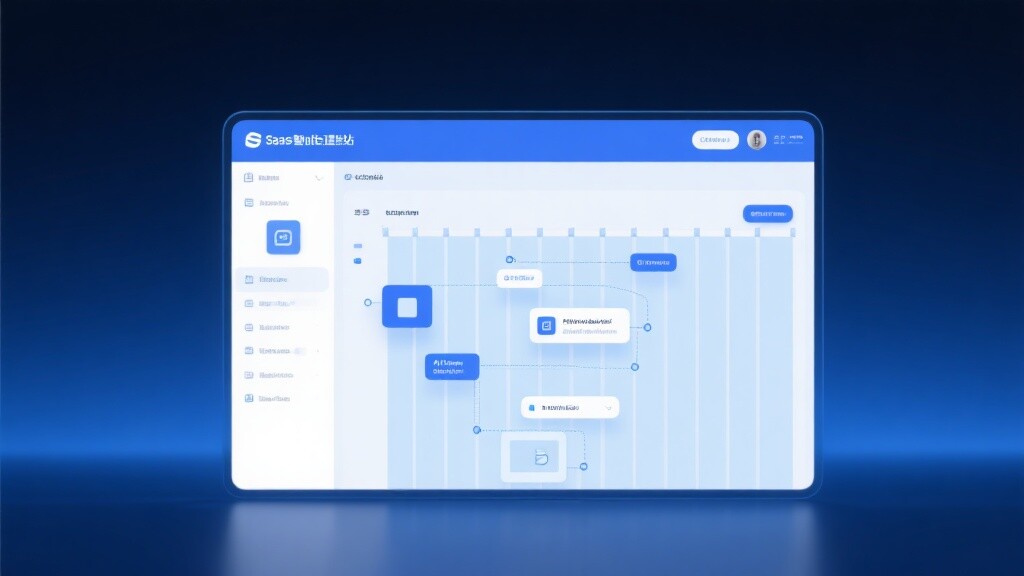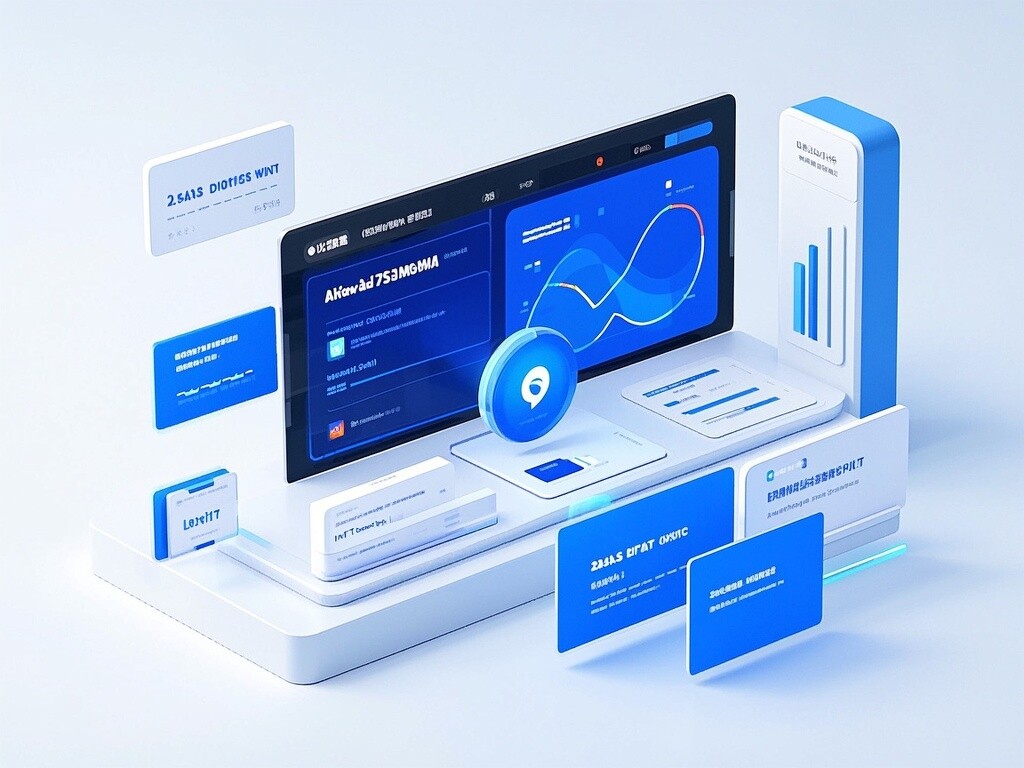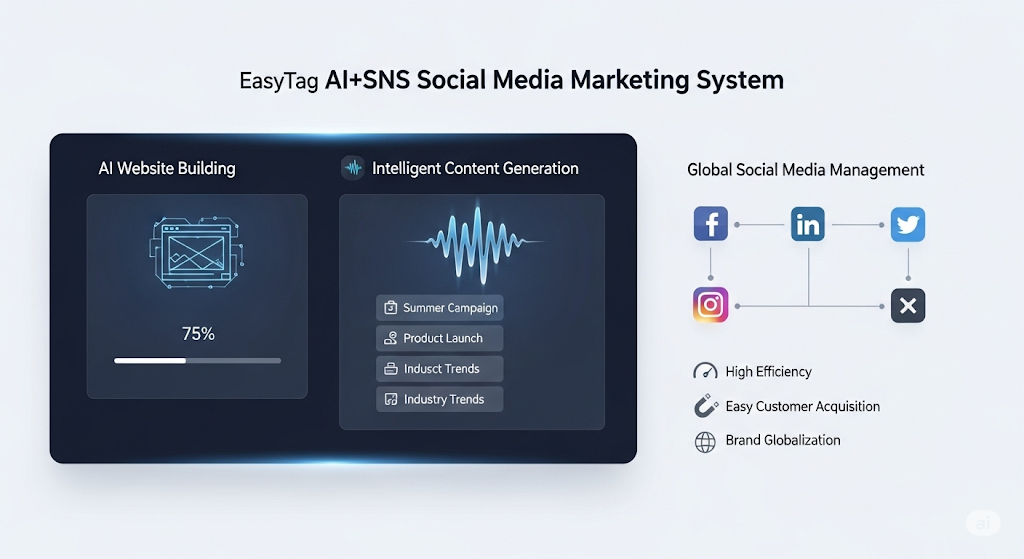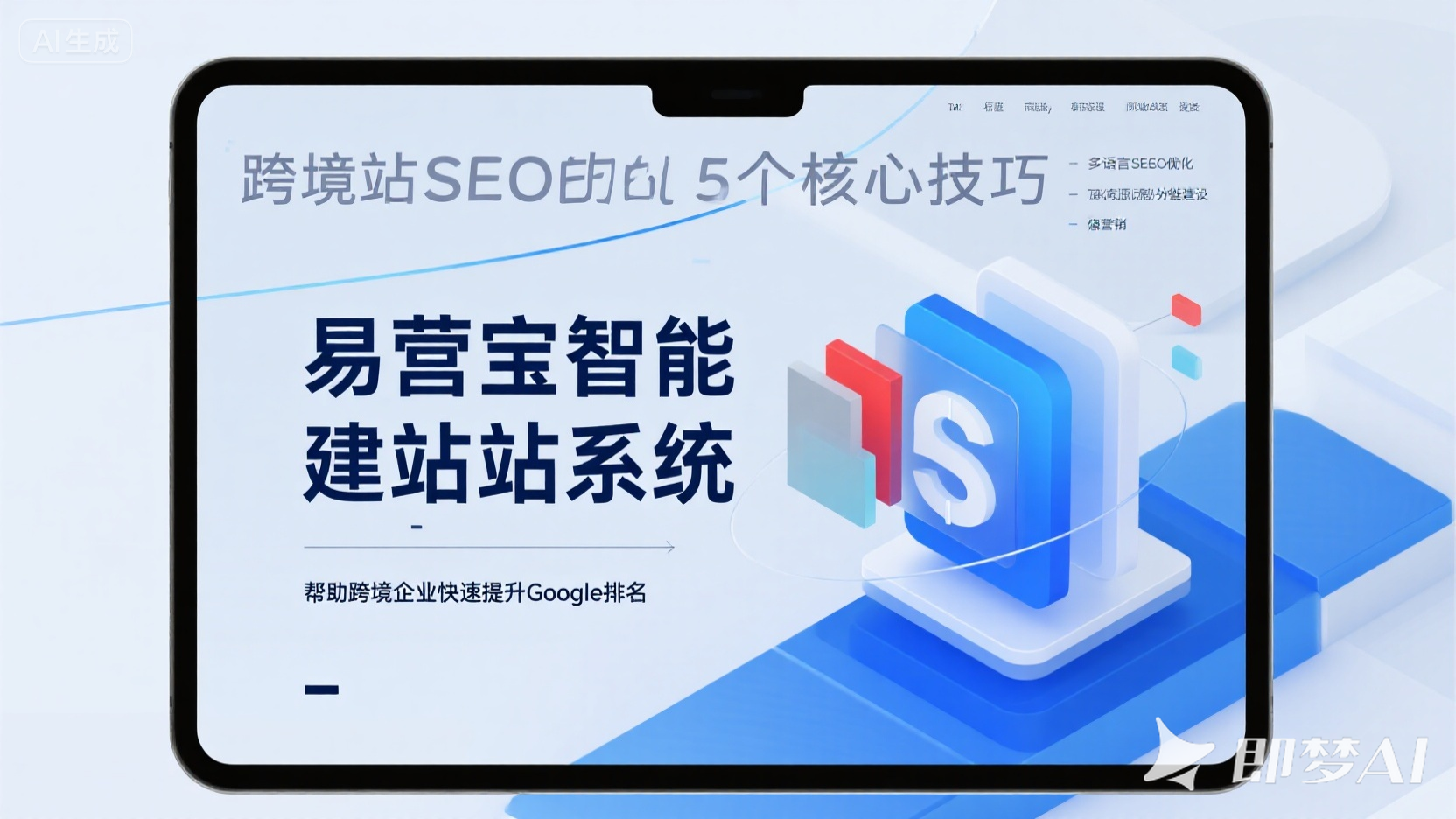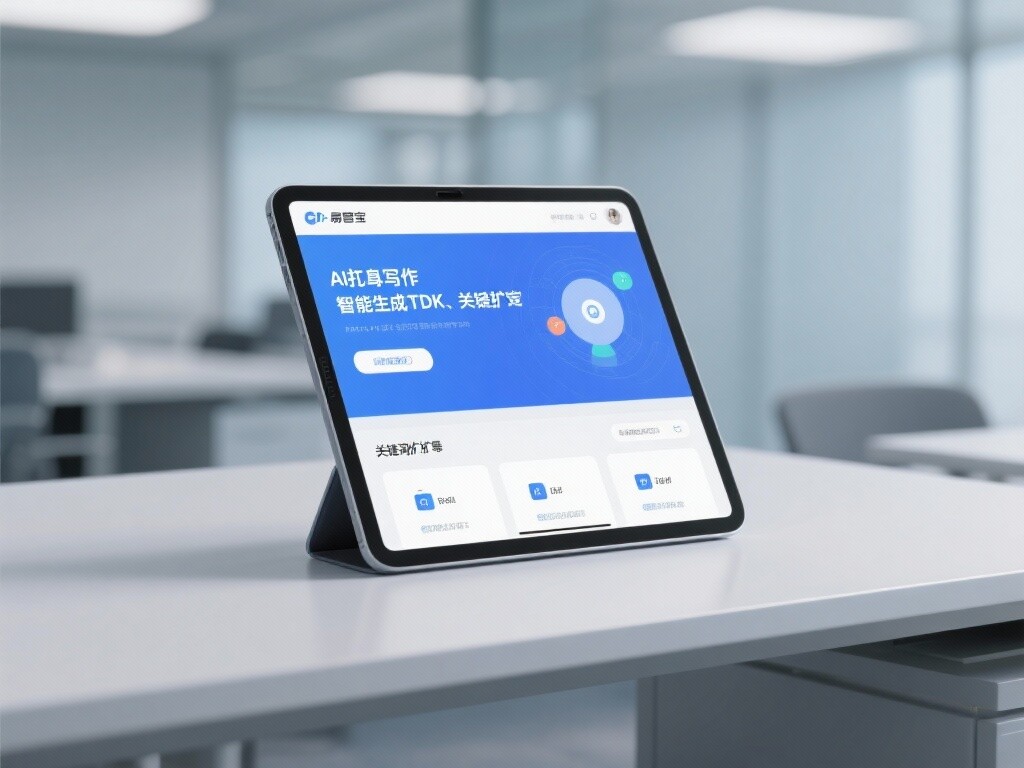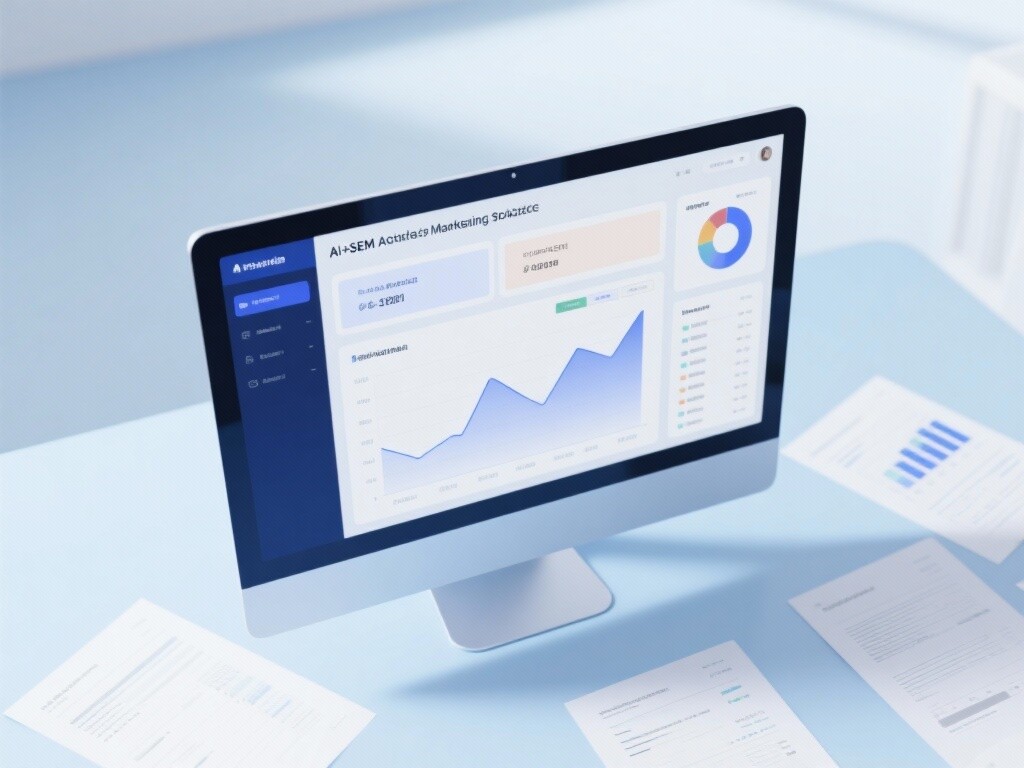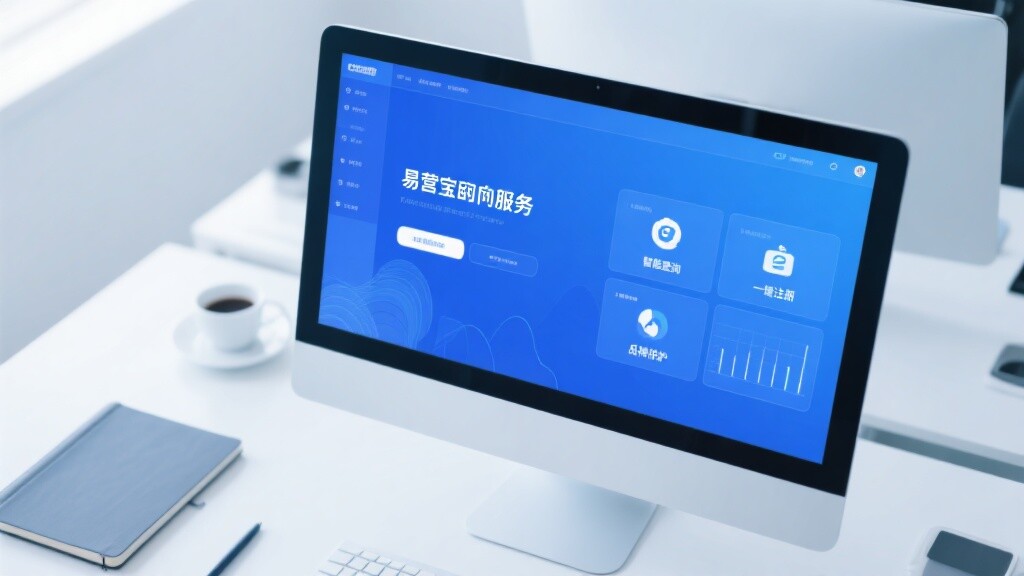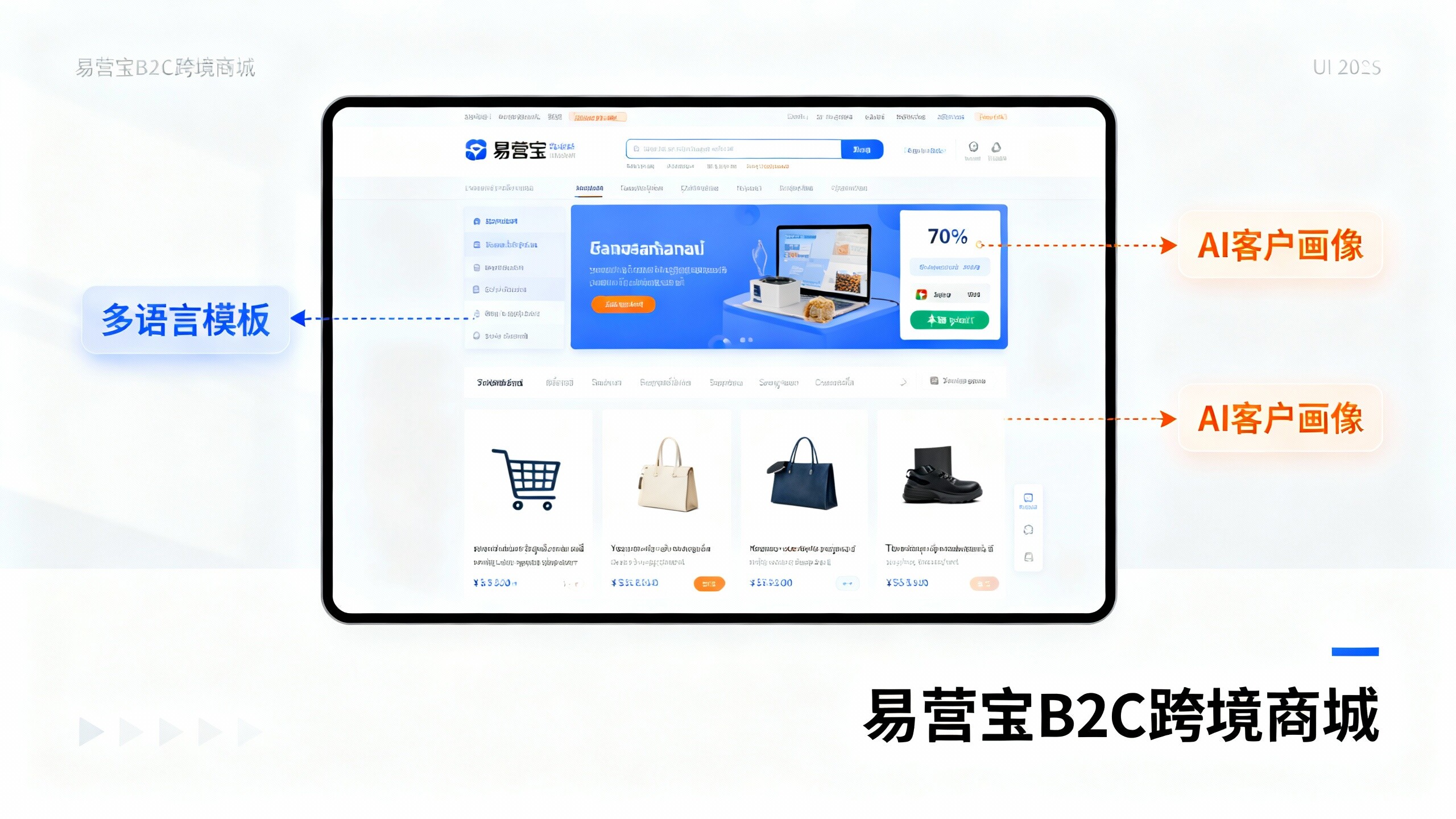- How much can AI-powered cross-border e-commerce website solutions improve conversion rates? Real data reveals the answer2025-12-11View Details
- Is it difficult to increase brand awareness? Effective strategies for 2024 + Recommended AI tool combinations2025-12-11View Details
- Data-Driven Advertising Boosts ROI by 50%? Real Case Analysis2025-12-11View Details
- The Secret to 3X Website Traffic Growth: AI + Localized Content Strategy2025-12-11View Details
- Can localized content really improve conversion rates? Proven results from the European market2025-12-11View Details
- Does website acceleration affect conversion rates? The 2024 loading speed standards have been updated.2025-12-11View Details
- Why is your data-driven advertising ineffective? 90% of companies overlook this step2025-12-11View Details
- How can distributors quickly build localized foreign trade websites? AI website solutions are here2025-12-11View Details
How to Quickly Increase Traffic for an Independent Website SEO? Avoid These Pitfalls
Introduction
How do you boost SEO for an independent website? This article explores how to quickly index your website, optimize website loading speeds, and improve your website's SEO rankings, helping you avoid practical pitfalls. Aimed at information researchers, users/operators, and technical evaluators, this article provides practical technical details, process priorities, and acceptance criteria. It also considers practical key points for global server acceleration and multilingual sites, helping you steadily increase traffic and conversions in multi-channel customer acquisition scenarios, such as foreign trade inquiries and YouTube acquisition.
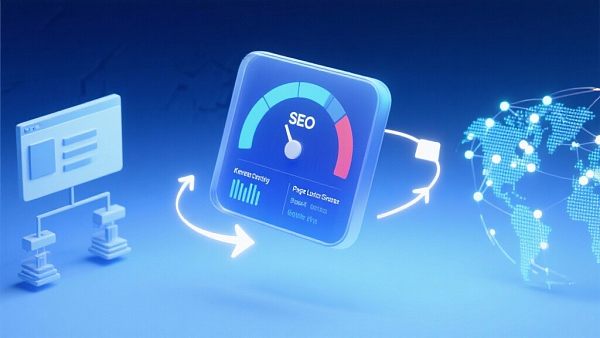
Definition and explanation of core concepts
When discussing independent website SEO, the first common question is: How can we achieve rapid website indexing? Quick search engine indexing doesn't guarantee immediate top rankings, but it is a necessary prerequisite for growth. The indexing process is influenced by many factors: site structure (sitemap, robots.txt, canonicalized URLs), the standardization and uniqueness of the TDK (Title, Description, Keywords), site performance (page load speed, first content paint (LCP), cumulative content load time (CLS), and the health of both external and internal links. Technically, using global server acceleration and a CDN can significantly improve response times, thereby reducing crawling costs and increasing crawl frequency. For multilingual independent websites, a sound hreflang and language segmentation strategy can avoid duplicate content penalties while improving local search relevance. This article, using practical steps, will explain which technical priorities must be addressed, which optimization points can be phased in, and how to complement SEM optimization techniques with long-term SEO strategies to ultimately achieve sustained growth.
Application scenarios and target audience pain points
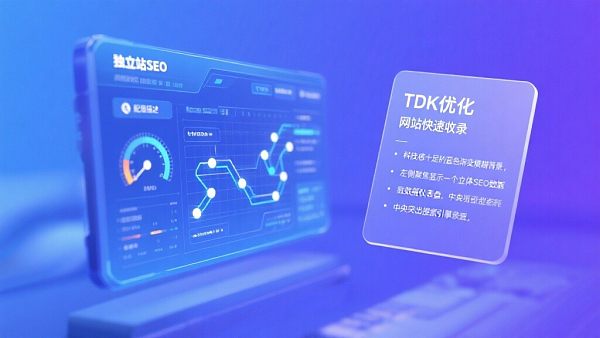
Different roles face different specific challenges: Information researchers focus on competitor inclusion strategies and keyword coverage; users/operators are concerned with the efficient implementation of the TDK, page elements, and content publishing process; and technical evaluators focus on server deployment, CDN strategy, and caching strategies. Common pain points include: websites not being indexed for extended periods after launch, catalog pages being indexed but detail pages not being crawled, slow website load times leading to high bounce rates, and uneven global traffic distribution leading to poor performance in specific markets. To address these pain points, practical recommendations are divided into three tiers: quick fixes (such as submitting a sitemap, removing robots restrictions, and setting canonicals), performance optimization (image compression, resource consolidation, enabling HTTP/2 or QUIC, and global node acceleration), and long-term content strategies (keyword clustering, integrating vertical long-form content with YouTube acquisition). For tool selection, consider integrated AI+SEO tools to improve efficiency, such as platforms that integrate AI batch writing, intelligent TDK generation, and targeted keyword expansion. These solutions can automate routine, repetitive tasks, saving team time and ensuring consistent high-quality content output. If you want to know about complete solutions, please refer to: AI+SEO Marketing Solutions .
Comparative Analysis: Traditional Solutions vs. AI-Driven Solutions (Technical Performance Comparison)
When choosing an optimization path, it is crucial to understand the difference between traditional manual-intensive SEO and AI-driven SEO. The traditional model relies on manual research and single content output, which has a long cycle and high scale costs; AI-driven uses big data and NLP to achieve keyword expansion, automatic TDK generation, and batch content output, thereby expanding coverage and maintaining quality in the short term. In terms of technical performance, when optimizing website loading speed, the traditional method emphasizes manual image compression and front-end engineer adjustments. AI+automated tools can provide batch image re-encoding, intelligent delayed loading, and resource distribution strategies for different countries. Combined with global server acceleration, it can reduce average loading time by 30%~50%. For intuitive comparison, a brief comparison table is given below:
Buyer's Guide and Implementation Steps (Including Key Points for Website Loading Speed Optimization Services)
When selecting services or tools, we recommend a three-step approach based on priority: first, basic health checks and repairs; second, performance and distribution optimization; and third, content and backlink expansion. The first step involves a site structure audit (404, redirects, canonicals), submitting a sitemap, and manually requesting a crawl in Search Console or the corresponding tool to ensure the prerequisites for rapid website indexing are in place. The second step focuses on optimizing website loading speed: enabling HTTP/2 or QUIC, configuring cache headers appropriately, using a global CDN node and enabling edge caching, automating image and video compression, and delaying the loading of non-critical resources. The third step is to improve search relevance and conversions: building keyword clusters and combining paid and organic campaigns with SEM optimization techniques to test high-intent keywords. Optimizing the site structure to increase internal link power and leverage structured data (schema.org) to increase the likelihood of appearing in rich results. During implementation, set quantitative KPIs: number of indexed pages, number of visible pages, ranking for core keywords, average page load time, bounce rate, and conversion rate (such as the number of foreign trade inquiry form submissions or conversions from YouTube viewership). Teams lacking in-house development resources can consider holistic solutions to lower the implementation barrier. For example, tools integrating AI-based batch writing, intelligent TDK generation, and precise keyword expansion can be more efficient than manual labor alone. AI+SEO marketing solutions can be a good reference. When purchasing, consider regulatory compliance, cross-regional service capabilities, and technical support response times, especially verifying global server acceleration and localized CDN node coverage.
Customer cases, misunderstanding clarification, FAQ and future trends
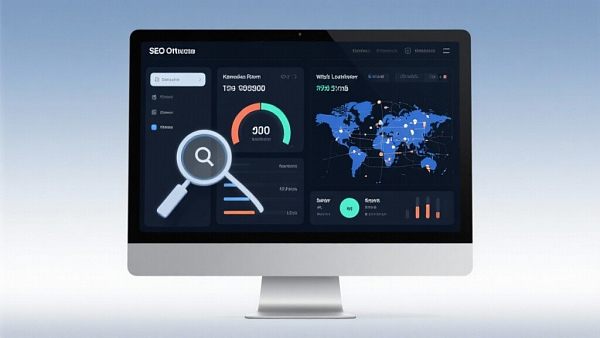
A real-world example illustrates the impact: By optimizing their site structure, enabling global server acceleration, and leveraging AI to generate multilingual TDKs and content, an e-commerce exporter saw their homepage keyword coverage increase by 40% and their foreign trade inquiries double within three months. Common misconceptions include: believing that publishing a large amount of content at once will boost sales (a mistake), ignoring page performance and crawler budget (a fatal mistake), and misusing meta keywords as a ranking shortcut (which no longer truly works). FAQ: Q1: How do I determine where the indexing issue lies? A1: Prioritize reviewing robots, sitemaps, crawl logs, and 404 behavior. Q2: Is it necessary to build a separate website for each country? A2: It depends on the business. For smaller languages, subdirectories and hreflang can be used, while for larger markets, independent websites with a local CDN are recommended. Future trends: AI and big data will accelerate keyword insights and content personalization. Video and multimodal content (such as YouTube acquisition) will synergize more effectively with on-site SEO, and real-time content adjustments based on user behavior will become the norm. Why choose us? With years of experience in global expansion, global server acceleration nodes, and an AI-driven marketing platform, we offer a dual-engine solution powered by technology and localized services, helping businesses achieve steady closed-loop growth from inclusion to conversion. Contact us for a free diagnosis and customized solution.
Contact and Call to Action
Want to quickly identify your independent website's SEO bottlenecks and develop an actionable plan? Share your site and key pain points, and we'll provide a professional diagnosis and implementation plan. Take action now, avoid repeated trial and error, and let technology and data safeguard your global growth.
- free-standing station
- SEO optimization
- Independent site SEO
- Global Server Acceleration
- Website seo optimization
- Multilingual Independent Site
- Youtube
- Website loading speed
- SEO
- SEO ranking optimization
- Trade inquiry
- YouTube Lead Generation
- How to achieve rapid website indexing
- SEM Optimization Tips
- Website Load Speed Optimization Service
- Ways to boost your website's SEO ranking
Related articles
Related products

